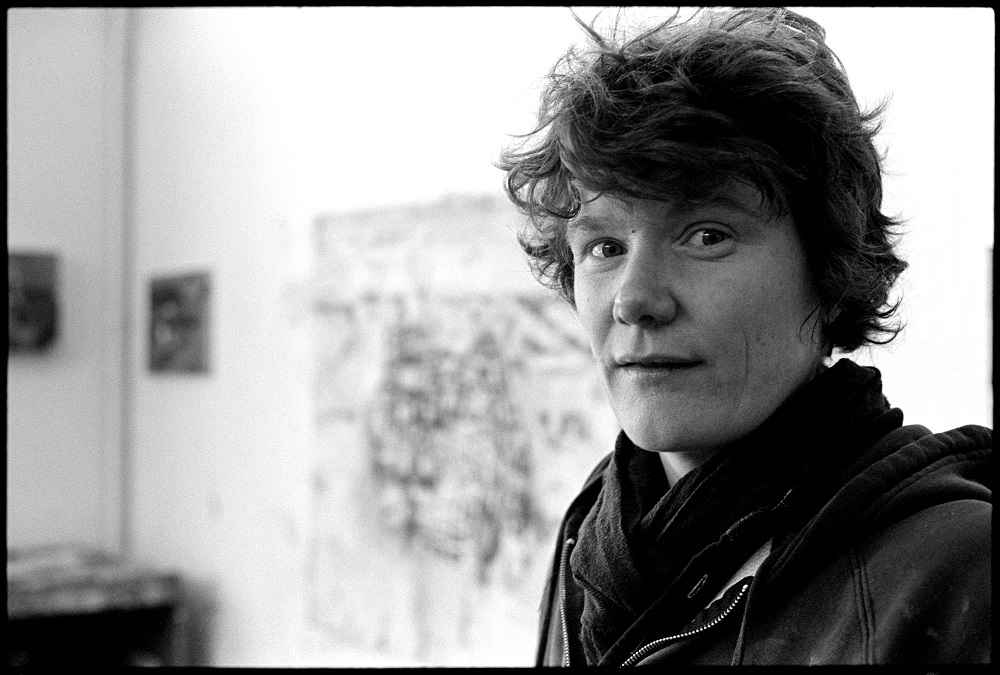James Lechay Works

James Lechay (1907 – 2001)
Born in the Bronx in 1907, James Lechay spent most of his childhood in Brooklyn before moving to Joilet, Illinois at age 13 to live with his uncle after his mother passed away. In 1928, he received his B.A. in psychology from the University of Illinois. The next year, he attended one week of graduate school before leaving to study under his brother, the painter Myron Lechay, in New York. At his brother’s studio, James began to associate with other artists of the time such as Milton Avery, Mark Rothko, Arshile Gorky, William Zorach, and Raphael and Moses Soyer. From Myron, James Lechay learned to train his eye to observe natural forms and developed a philosophy dependent upon the relationship built between the artist and the subject.
Lechay became engaged in the social and political issues of Depression-era New York and even joined the social realism movement for a brief time in the 1930s. He operated as the leader of the Artists Union while employed by the Works Progress Administration (WPA). With the WPA, Lechay traveled to Las Vegas, New Mexico, where he established a gallery and exhibited the works of Milton Avery, Max Weber, and other WPA artists. Despite his association with many artists and artistic communities in New York in the 1930s and 40s, Lechay opposed adopting a style due to its popularity and commercial success. His use, however, of large brushstrokes from Abstract Expressionism, the flattened plane of Modernism, and the simple compositions of early Abstraction created a combination of styles completely his own.
A painter of a vast range of subjects, including still lifes, portraits, and landscapes, Lechay was known to reduce these forms to their visual essentials. Lechay often did not date his paintings as he frequently reworked them, even after they were exhibited, calling his pieces, “finished at all stages and never finished”.
In 1945, Lechay was hired by the University of Iowa’s art department, where he worked alongside Mauricio Lasansky, Humbert Albrizio, Carl Fracassini, and Byron Burford. On campus, Lechay operated in a studio that once belonged to the famed American painter, Grant Wood. During his summers, Lechay led summer workshops at various universities including Stanford University, the Skowhegan School of Painting, the Chinese University of Hong Kong, and the Studio Art School of the Aegean in Samos, Greece. He remained at the University of Iowa until 1972, when he retired to Wellfleet, Massachusetts where he continued to paint until his death in 2001. Throughout his time in Iowa and Massachusetts, he continued to exhibit regularly in New York, Provincetown, and Wellfleet.
Lechay had numerous solo exhibitions throughout his life starting at the Another Place in New York in 1936 and continuing at the Artist’s Gallery, Ferargil Galleries, the Toledo Museum of Art, the Macbeth Gallery, and the University of Iowa. His work has been included in countless major annual exhibitions, where he won awards like the Art Institute of Chicago’s Norman Wait Harris Medal in 1941, the National Academy of Design’s Benjamin Altman Prize in 1977 and 1991, and the Ranger Fund Purchase Prize in 1979. His work is featured in prestigious collections such as the Brooklyn Museum of Art; the Art Institute of Chicago; the University of Iowa Museum of Art; the Sheldon Memorial Art Gallery, Lincoln, Nebraska; the New Britain Museum of American Art, Connecticut; the National Academy of Design, New York; the Pennsylvania Academy of the Fine Arts, Philadelphia; the Smithsonian American Art Museum, Washington, D.C.; and the University of Arizona Museum of Art, Tucson.
Photo Source: Provincetown Art Association and Museum

